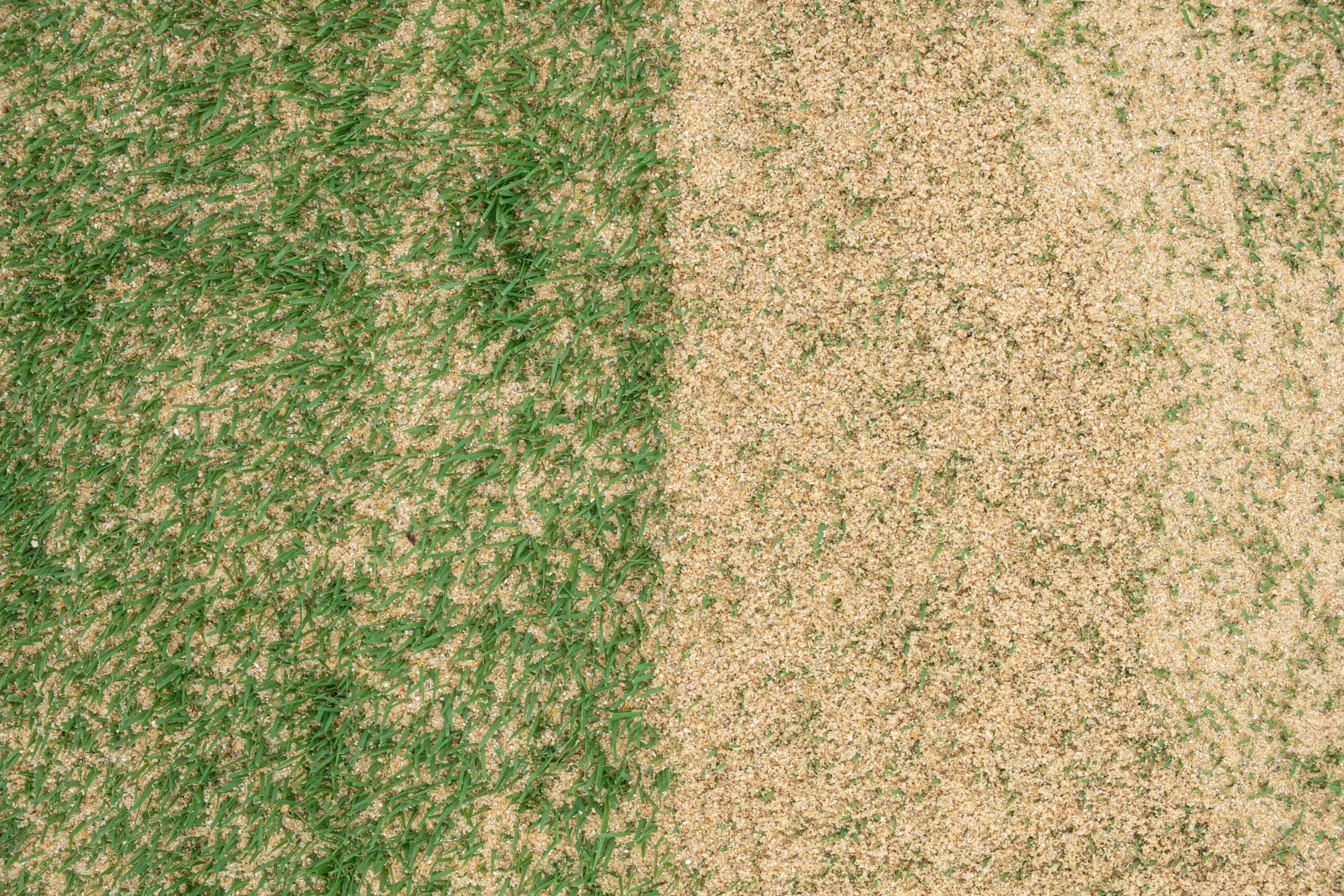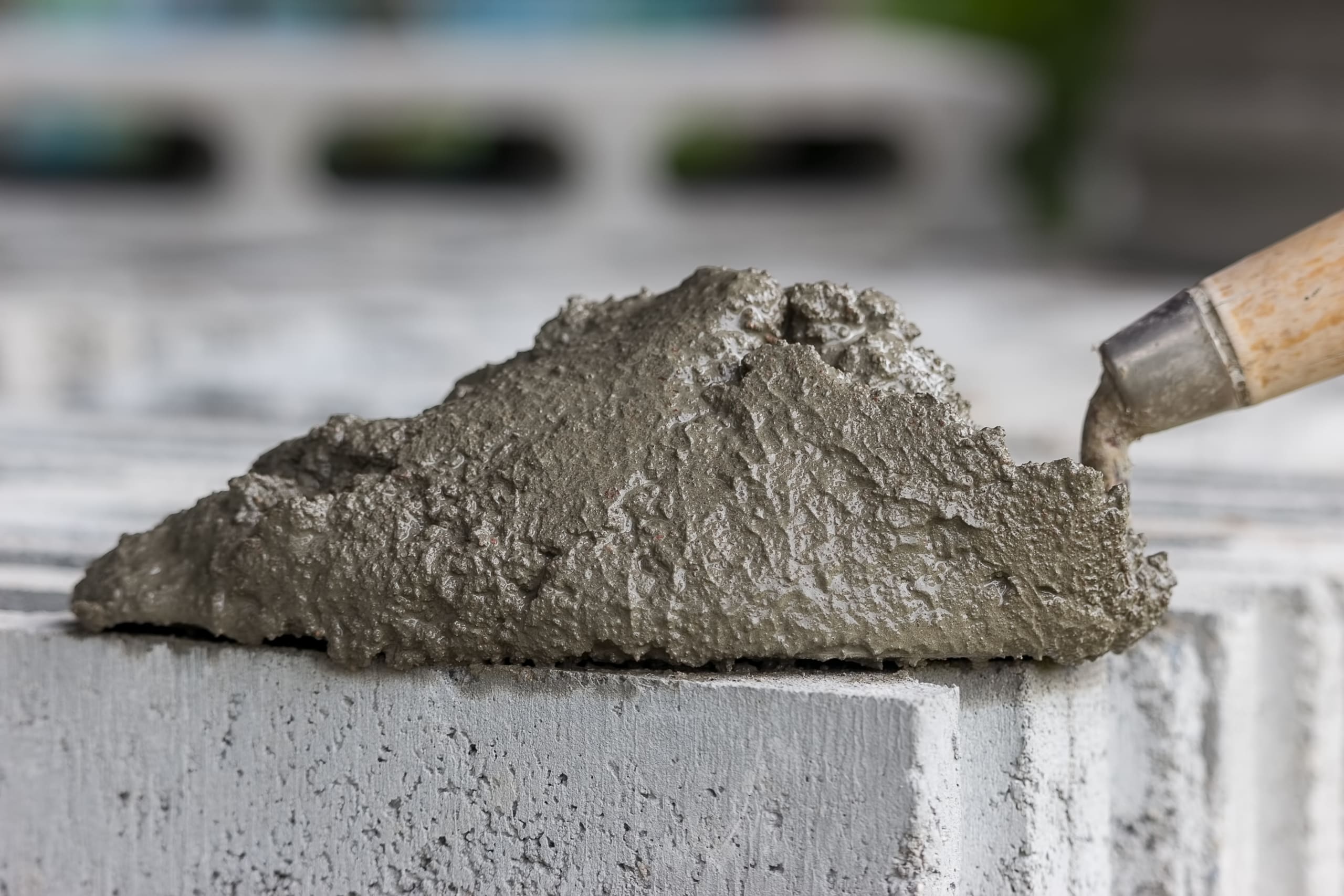Building Sand
(8 Products)Sand is a versatile material that serves multiple purposes in a variety of applications. From construction to landscaping, bulk sand is an essential component in many projects. Whether you're looking for fine or coarse sand, we stock a vast range of bulk bags suitable for large project quantities. With bulk bags from our range, you can have peace of mind knowing that whatever project you're undertaking, it'll be backed by quality materials.
Soft Building Sand Bag (25kg)
Grano Dust Bulk Bag (800kg)
Kiln Dried Paving Sand Bag (20kg)
What Is Building Sand?
Building sand is a type of material used in construction projects for many purposes. It serves as a base for materials like concrete and asphalt, provides traction on walkways, and can be used to fill gaps between stones or bricks.
There are different kinds of building sand available, such as river sand, coarse-grained sand, fine-grained sand, etc.
Depending on your purpose you will need to determine which kind of building sand is best for your project.
Types of Building Sand
Sand is made up of different particles that are sorted by size before use. Depending on the application, the type and size of particles needed will vary. For example, coarse or medium-grain sand may be used for landscaping projects while fine-grain sand may be best for masonry work.
It’s important to note that not all sands are suitable for all applications; some sands may even cause damage if used incorrectly.
Here at Materials Market, we sell the following bulk-delivered products:
Concrete Sand
Concrete sand otherwise referred to sharp sand has gotten its namesake due to the texture of its particles, which are larger and rougher than builders’ sand. Additionally, these grains are also angular in shape and, as the name would suggest, sharp.
Such harshness allows for it to bind better when creating concrete - a quality that is advantageous when looking for tough results and hard surfaces. Thus, sharp sand is an essential building aggregate for block paving and patios; combined with cement and mortar, sharp sand makes for an excellent stiff mortar mix.
Nevertheless, because this type of mixture does not offer much in the way of elasticity or flexibility, it isn't usually used in bricklaying projects.
Soft Building Sand
Unlike rough grit sand, soft building sand is a finer grade - perfect for providing a smooth finish with minimal effort. Its high versatility makes it an ideal choice for mixing into other building essentials to create sturdy and durable materials needed in bricklaying projects.
Bricklayers usually opt for builders’ sand, as it creates bricklaying mortar which is both pliable and flexible. To whip up mortar quickly and easily, simply mix the fine sand with cement and water. It can also be used to fill structures or under slabs as a base layer for slab and block paving.
Please note - This is a natural product and colour may vary.
Plastering Sand
Our Plastering Sand Bulk Bag covers a variety of construction and building needs; it can be used for plastering, rendering and bedding and to create bricklaying mortar.
Throughout the UK, homeowners utilise this sand to provide an inexpensive finishing touch for their garden ornaments and water features. Although this sea-sourced sand promises consistent quality throughout, its weight may vary in accordance with moisture content.
Customers should be aware that there may be a 5% weight difference either way, due to the fact that the product supplied derives from a natural source.
Building Sand Applications
Our soft building sand bulk bag is suitable for a range of building applications including:
- General building and landscaping projects
- Pointing applications
- Decorative applications - providing colour and texture to garden displays and waterworks
- Bricklaying and brickwork
- Under slabs
- Rendering
Our builders bulk bag of sharp sand is ideal for both domestic and commercial projects such as:
- Block paving
- Patios
- Driveways
- Laying slab
- Paths
- Concrete mixing - mixed with gravel and cement
- Constructing floor screeds
- External rendering
- Lime pointing work
Our plastering sand is ideal for use in the following applications:
- For use in plastering, rendering and bedding
- Sharp and soft sand is also compatible with external brickwork projects
- When the sand is mixed with cement and water, it creates bricklaying mortar
- It is often used in conjunction with building materials such as brick and plaster
For other building supplies, why not take a look at our building materials?
Frequently Asked Sand Questions
Does Builders Sand Expire?
Provided that the sand has been kept out of the elements, then no. But if left exposed to rain or other inclement weather, some essential minerals could have been washed away and thus make it less efficient.
What Is The Typical Grain Size of Builders Sand?
Builders sand typically ranges from 1.5mm to 2mm in grain size.
Where Does Builders Sand Originate From?
Builders sand can be obtained from many sources such as quarries, the ocean floor, and rivers.
For millennia, builders sand has been forming as a result of the intermingling of decomposed rock (silica quartz), coral, minerals and shell particles.
The composition of builders sand will vary by location due to factors such as local geology.
What Are The Benefits of Buying Bulk Sand Bags?
As is the case with buying anything in bulk, bulk sand bags ensure you are stocked and have the correct amount to hand. This eradicates the need to go out and purchase more sand on a regular basis - saving you time and money in the long run.
What's more our bulk delivery service requires less effort from you - it cuts out the laborious process of hauling heavy materials to and fro yourself.




















